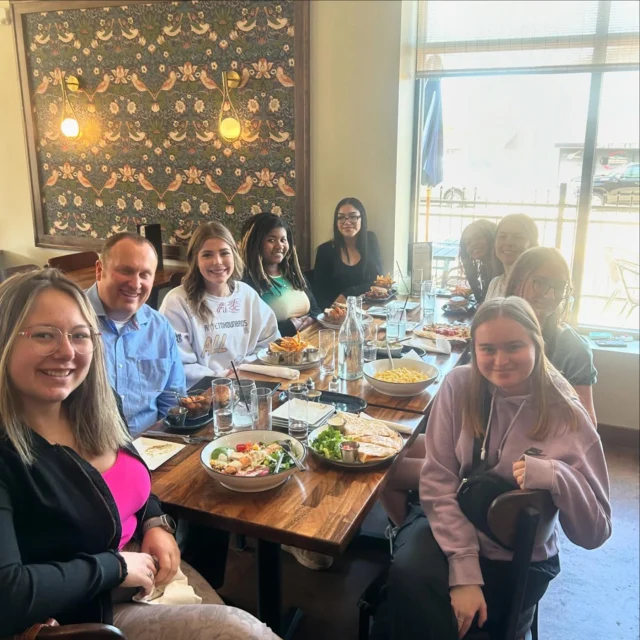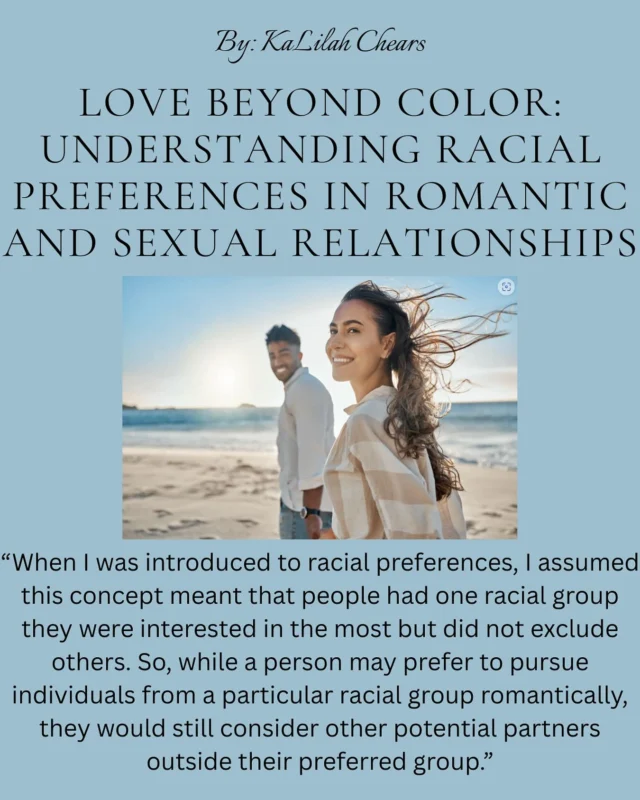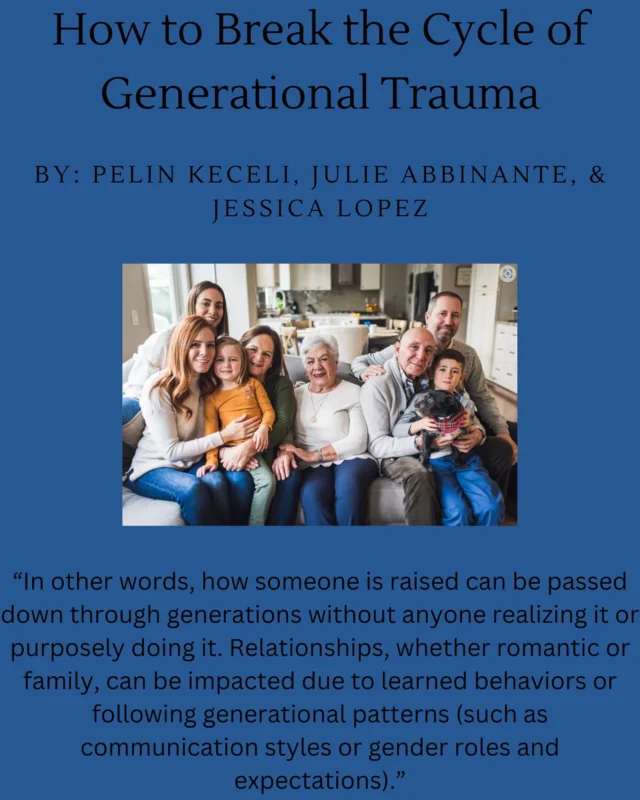As we find ourselves navigating a world where hedonism and individuality is celebrated, the societal norm has shifted to the vilification of a lifelong union. The message is loud and clear from the media, entertainment industry and everywhere around us: “Marriage means you’re sacrificing your career, education and wealth for what society views as a failing institution.” We’re slowly transforming into a society adopting the “maybe my vows mean ‘I do’ when it’s convenient” mentality and divorce should come easy. Why is the sanctity of marriage waning and why is it important to save it as well as the tenets that go along with it? Dr. Brad Wilcox’s book, “Get Married,” is a must read for people from all walks of life. It’s the marriage counseling you didn’t know you needed. He presents raw data and personal testimonials showcasing the predictors of a strong marriage. He also rebukes flawed studies embracing new concepts like the flying solo trend and the myth that everyone has a soulmate.
As divorce becomes a concept more embraced and easily attainable in our society within media, movies and our social circles, it’s hard to grasp the tenets of a strong marriage these days. As we find ourselves immersed in a world where the nuclear family has become an antiquated concept, Wilcox provides a glimmer of hope in saving the nuclear family and the family first model that has become the punching bag of the past few decades.
The book sheds light on that by observing the data from surveys around the country and concluding that there are four types of people who he calls the “masters of marriage.” The data suggests those with conservative values, strong religious values, highly ambitious “strivers,” and Asian Americans appear to be groups finding themselves in lifelong marital bliss. He also details the benefits marriage brings financially and lifelong prosperity one can gain from prioritizing it.
The reality is men ages 18-55 are 55% less likely to live in poverty than their unmarried peers and bring in about 40% more income according to data from the National Longitudinal Survey of Youth. The same can be said about women, who bring in about 45% more in household income than their unmarried peers.
One testimonial from Doug, a man who made $16,000 at the age of 18 while living in his parent’s basement, illustrates how his mentality shifted after making the decision to marry and have kids. He states in the book, “I had to step up and think about something beside myself.” His life now revolved around something bigger than just himself, his family. He proceeded to join the military for a larger salary, created a retirement plan, frequently sought promotion and eventually found himself in a career earning six figures. Having a family changes your perspective on what’s important.
Would Doug have pursued a better life or suddenly transform into a highly driven man if he hadn’t married? Based on his own words, he would not. The institution of marriage presumably molded him into who he was supposed to become.
Sharing meaningful experiences induces happiness such as raising a child together or making life changing decisions together. A significantly large percentage of married couples reported having more meaning and happiness in their lives than their unmarried peers. Wilcox goes on to highlight that we are social animals who flourish in life when we can share it with others. Having someone to weather storms with you through life ultimately helps you grow together and to face adversity together. These basic social needs are satisfied in marriage.
As sociologists, psychologists and the like in our modern-day culture attempt to propagate the idea that the nuclear family is an antiquated concept and diverse family structures are the new norm, research suggests otherwise.
Wilcox also sheds light on the benefits kids see throughout life growing up in a home with an intact family. Research shows kids in a two-parent household are less likely to face school suspension, perform better academically and more likely to graduate high school.
Research also shows a higher percentage of social and emotional well-being among those growing up in an intact family. While some may argue that wealth and strong relationships predict a child’s wellbeing rather than living in a two-parent home, research shows the opposite.
Another proverbial nail in the marriage coffin highlighted in the book is the “me before we” mentality. Putting your own needs first in a marriage is a recipe for disaster. It can also lead to asymmetrical commitment, another problematic trait in which one partner appears to be more committed than the other.
In the book, a basketball analogy is used in which Duke University was projected to win the NCAA title and become basketball heroes among fans across the country. That dream was shattered when the team was knocked out of the playoffs due to one player’s selfish decision. This analogy perfectly illustrates the benefits of working as a team rather than striving to be the star. Just as Wilcox so eloquently states in the basketball analogy, married couples benefit from adopting a “we” mentality. Couples are more likely to report that they are happy in their marriage when they make sacrifices for their spouse and follow a family first lifestyle. Just like in the basketball analogy in which Duke loses an important playoff game, the same can be applied to married couples or any team trying to reach one common goal. You’re destined for failure when you only think of yourself.
This can be put into practice in several ways as the book points out. For instance, take into account the five pillars focused on by Coach Tony Bennett that became the foundation for the University of Virginia 2019 NCAA Championship Men’s Basketball Team:
- Humility
- Thankfulness
- Servanthood
- Passion
- Unity
These key traits are not only useful in setting the stage for a successful basketball team, but they are essential in every relationship worth working on.
Research from the book also points out that a majority of adults are choosing a childless lifestyle in exchange for a carefree life involving uninterrupted plans and sleepless nights; a life full of endless travel and new experiences. As the media continues to propagate the benefits of an anti-natalist culture, birthrates are significantly dropping in our country. One in four women among generation Z are expected to live a childless life. Why is it important to promote a pronatalist culture and bring the birthrate back up to where it was before the “me decade” of the 70’s?
If we’re taught to avoid struggling at all costs, how can we ever learn from life’s hard lessons? The message our progressive society is sending is we should avoid adversity at all costs. This message fails to illuminate that struggle is invariably a dark part of our life. The fortitude, the strength you find from making it through these challenging times is the only way you find growth.
The tricky part of parenting nobody ever tells you is, parenting has a way of forcing you to reach deep within yourself and fix what you didn’t realize was broken to be a better parent. It keep you mindful of your interactions in your marriage and with your kids. Making it through hard times allows you to grow and develop fortitude. Married couples with children report a more meaningful and satisfying life than their childless peers. This is largely due to becoming entrenched in a world in which parents realize there’s something bigger than themselves. Putting others before yourself gives one a sense of purpose and fulfillment in life. As the infamous Brian Buffini once said, “You’re not living if you’re not giving.”
Although research shows new parents typically see a nosedive in marital bliss within the first year, eventually the marriage stabilizes, and you will find each other again after the dust has settled.
The book also details the new trend increasingly becoming the norm these days is the “maybe I do” mentality. We’re seeing popular trends now on most platforms embracing the idea that in your marriage, when the tough get going, so can you. The reality is, there are fluctuations in relationships. As with any relationship, there are bad days and sometimes months. Your ability to see these trying times as an opportunity for growth rather than a time to give up and “go find your happiness,” can determine your resilience as a couple.
Wilcox also highlights what he calls “blank slate feminism,” a movement from the “me” decade rooted in the 1970’s. While the movement succeeded in changing the status quo in terms of gender roles, it also provided ambiguity in what that looked like. In fact, women today both with progressive and conservative values report a desire for an egalitarian union and prefer an ambitious husband with a masculine spirit and an innate ability to be sensitive to feelings.
Successful marriages thrive most on the “neotraditional” model in which masculinity and breadwinning is important to women however it is “neo” in the sense that men who share the responsibilities with the kids and who are emotionally and practically attentive. Wilcox labels these modern men as “new men.” In other words, this trend is the “family first” model of marriage in which both men and women are present to put out the home fires as Wilcox so eloquently describes.
In God we Trust
The book details a longitudinal study conducted by the National Longitudinal Study of Youth showing a 30% reduction in divorce among those who attended church regularly. Social scientists have found that regular church attendees report greater marital happiness, stability and a stronger network to turn to in hard times. As the saying goes, “it takes a village.”
Orphaned
Wilcox highlights the institutions that have failed our society in the past few decades such as education, government and big tech. We’re creating a wider gender gap by the inadvertent neglect of the next generation of boys. Boys are seeing less male figure mentors and less male teachers. The department of education spends seventy-nine times more on colleges across the country than on vocational schools in which boys would benefit.
We’re seeing a rise in addiction to screens and big tech as each desire for these dopamine hits among our male youth become more of an interest than learning crucial life skills.
Conclusion
As the book concludes, the 5 C’s are highlighted as cornerstones to the foundation of a strong marriage:
- Communion: A spirit of togetherness and a “we before me” mentality
- Children: Has shown to give couples fulfillment, especially among the four groups who make up the masters of marriage
- Commitment: Keeping divorce off the table and showing devotion on a daily basis in different ways
- Cash: research shows stable marriages stem from those who share assets, pool resources together and contrary to popular belief, view their partner as a good provider.
- Community: Those with a strong belief in the family first ideology and live in neighborhoods with shared beliefs, tend to act as the framework for strong communities.
The book successfully lays out the blueprints for a stronger society. Stable and happy marriages seem to be the foundation in that blueprint. Without that foundation, we’re left with a plan destined to fail. How does one find their footing again? As Wilcox simply states in the conclusion of his book, “get married, it will be the best decision you ever make.”
References
Discover more from Decide To Commit
Subscribe to get the latest posts sent to your email.












